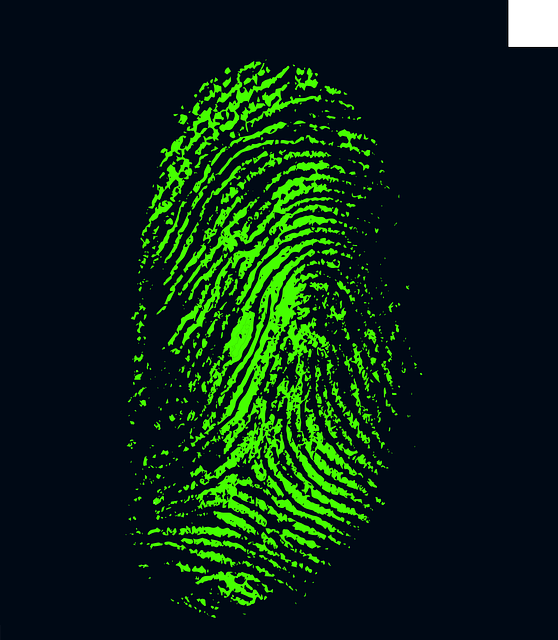Recently, in a post entitled Indian Tourist Visa on Arrival – In Practice, I discussed India’s Tourist Visa on Arrival program, and my experience applying for a visa.
I traveled to India last week, so now I can report on my experience actually using the program. It was going swimmingly, or so I thought. I remembered to bring a printout of the approval. I went through passport control and followed the signs to the Visa on Arrival section. There were a number of booths, but only a few were in use. There was hardly anyone there, but this seemed to be taking a long time. I was in a rush – my flight was late, and I was meeting my friend Karyn at Delhi Airport.
Finally, it was my turn. I handed my passport and materials to the agent, a most unfriendly sort of guy. Finally, he told me to put 4 fingers of my left hand on the fingerprint machine. As instructed, I waited for the neon green light to turn on, and pressed my fingers against the glass, but then the agent shook his head. No Good. Do it again. I did it again. No good. Do it again. He put hand sanitizer on my fingertips and had me dry them a little and try again. Shakes his head. No good. Do it again. At this point, perhaps fifteen minutes later, he enlists another agent. My fingerprints are getting smoother by the minute. The same scenario over and over. Surely, this is not the first time this has ever happened. Don’t they have a procedure for dealing with faint fingerprints? I never knew I even had a fingerprint issue. They continued to look at me suspiciously, had me use my right hand, my thumbs, more hand sanitizer, more agents enlisted. No good. Do it again.
I felt like I was in the middle of a bad SNL skit starring three buffoons and me. Finally, after nearly 40 minutes, and gallons of Purell, the three agents were now somehow satisfied with my fingerprints, attached the visa to my passport and let me proceed.
I decided to read up on this issue. Certainly, it has been written about in articles on US Global Entry, which also uses fingerprint biometrics (and which, incidentally, always recognizes my fingerprints). In this article in Fortune Magazine, entitled A better fingerprint scanner for frequent flyers, the author, Erika Fry, explored this topic:
Experts estimate that 1 to 4% of the population have fingerprints that are too faint to be read by machines. There are certain groups that are more likely to have trouble: those who have worked with chemicals or done years of manual labor, or people who have dry skin or dermatitis.
That makes the airport, where passengers debark from hours of international jet travel — seated in a cabin where air humidity is as low as 5% — an especially challenging environment for reading fingerprints. (Hence the utility of the sweaty forehead.)
(Hmmm, maybe the Indian Agents should have suggested that I wipe my fingers on my forehead instead of dousing me with hand sanitizer??)
According to the author, in the United States, when the Global Entry machine cannot read fingerprints, after two tries, the application is marked with an “X” requiring the entrant to see an immigration official on an expedited line.
When I discussed this with Karyn, she said that fingerprint issues are common with dehydration (typical after long flights) and also with people who suffer from Raynaud’s syndrome. (she clearly knew more about this topic than the three Indian officials combined!) A quick Google confirmed that fingerprint issues are common with those with Raynaud’s and other skin diseases. See, for example, Influence of Skin Diseases on Fingerprint Recognition, in the Journal of Biomedicine and Biotechnology (alert: gruesome photos). The paper concludes that “there are many people who suffer from some of the skin diseases. These diseases have a strong influence on the process of fingerprint recognition. People with fingerprint diseases are unable to use fingerprint scanners, which is discriminating for them, since they are not allowed to use their fingerprints for the authentication purposes.”
So, that was my experience. I had a fingerprint issue so the biometric fingerprint screening and authentication aspect of the program did not function properly. India needs to develop some protocol for dealing with circumstances where there is a problem with obtaining satisfactory fingerprints.

 A New York frequent flyer who elegantly combines her passions for worldwide travel, running a gazillion marathons all over the globe and staying fit ... without sacrificing her fancy for good wine and food.
A New York frequent flyer who elegantly combines her passions for worldwide travel, running a gazillion marathons all over the globe and staying fit ... without sacrificing her fancy for good wine and food.
I learned the forehead trick a few years ago after I got the first black X on my global entry. I’ve had this problem forever and it gets frustrating when the pressure is on especially in a foreign customs area. I see a scanner and I immediately start stroking my head while in line!
BTW it’s much worse when hands are cold.
Good to know! I never knew that about fingerprints. Glad everything worked ok. Hopefully there wasn’t a line behind you!